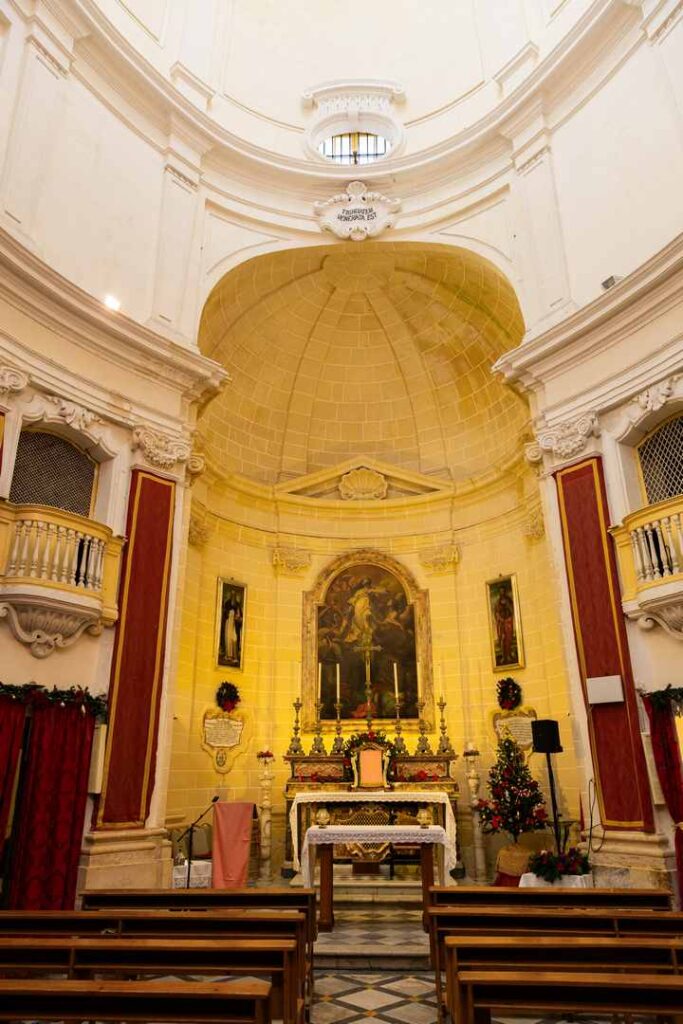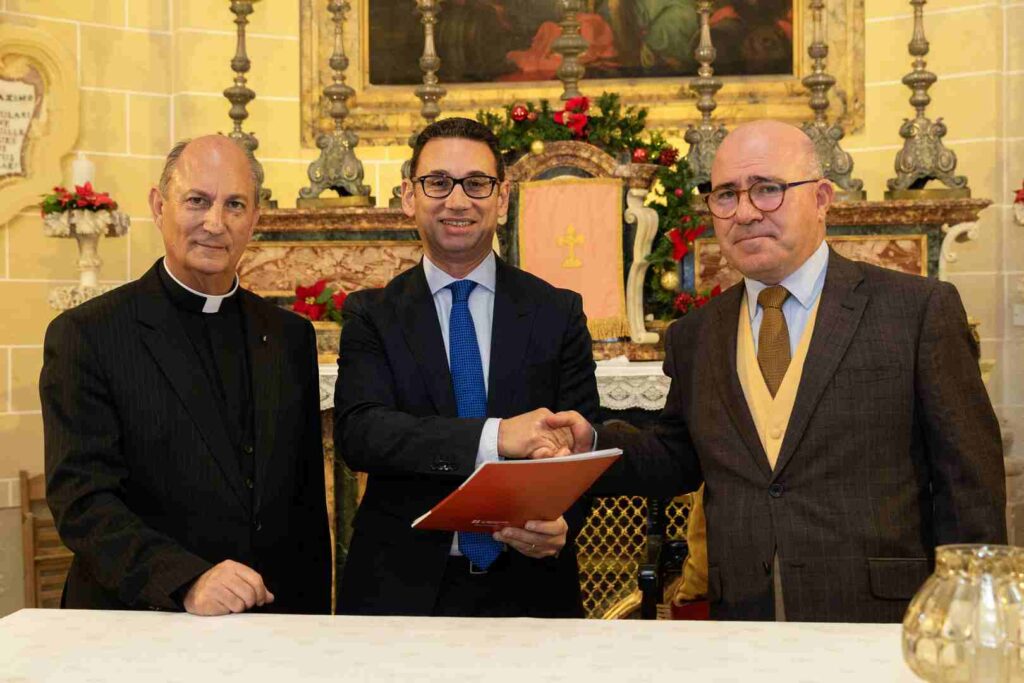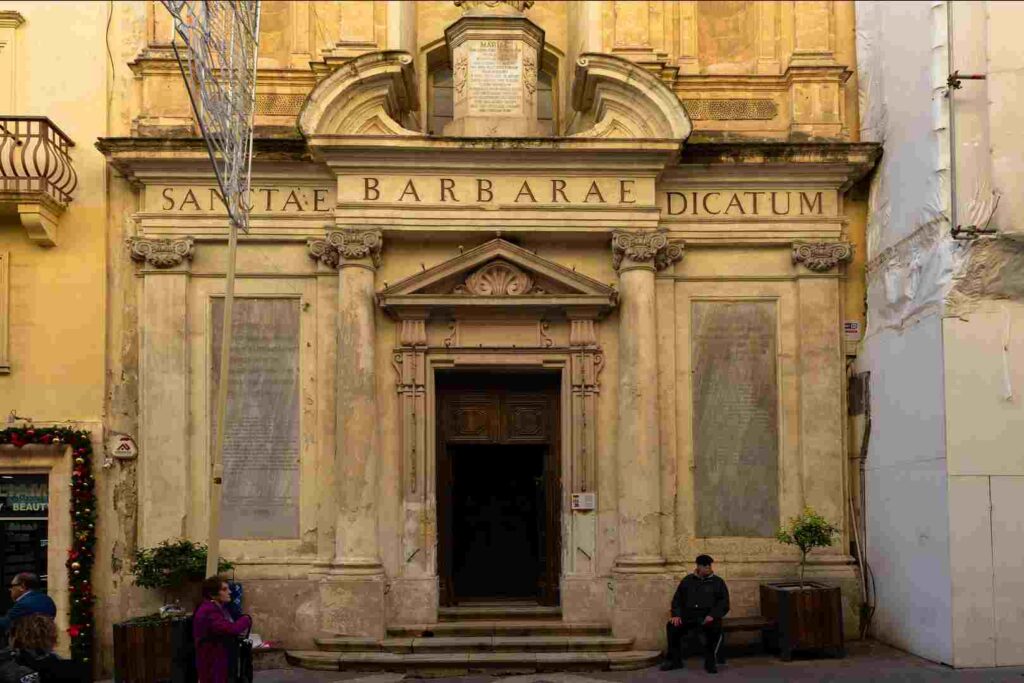The Archdiocese of Malta and Fondazzjoni Wirt Artna (FWA) have reached an agreement for the study, conservation and restoration of St Barbara’s Church in Valletta, a project expected to be completed in approximately five years. Situated on Republic Street, the church will continue being used for religious functions, while FWA will assist in sourcing funding for the necessary conservation works and offer its custodial support.
The agreement was signed by Michael Pace Ross, Administrative Secretary of the Archdiocese, and Mario Farrugia, chairman of FWA, in the presence of the newly appointed church rector Mgr Paul Vella.

Mr Pace Ross said restoration can start in 2025 after the necessary approvals are sought, thanks to secured financial commitments. He said that a committee will oversee and coordinate the restoration works and promote the church’s heritage.
Mr Farrugia added that Fondazzjoni Wirt Artna will evaluate the church’s current state of conservation, identify the most urgent priorities in collaboration with professionals in the field, and develop an action plan emphasising public education. He further noted that several initiatives will be organised to raise funds in support of these efforts.
Mgr Paul Vella expressed gratitude to Fondazzjoni Wirt Artna for the support and appealed for additional donations to help restore the church to its former glory.
About the Church of St Barbara
The Church of St Barbara has a rich history. Originally built in 1573 by the Confraternity of Bombardiers, who were responsible for the Order’s fleet and land artillery, it was later rebuilt in 1601 and again in 1739. From the mid-17th century onward, it served as the church for the French Langue of Provence. The church’s exterior is attributed to Italian architect Romano Carapecchia, while Maltese architect Giuseppe Bonici designed its interior. The Church of Santa Barbara contains several paintings by renowned artists, including the titular work by Antoine de Favray and another by the Maltese artist Francesco Zahra.
In 1904, a gilded statue of the Immaculate Conception was placed at the top of the church’s façade to commemorate the jubilee of the Immaculate Conception. During World War I, it served as a military chapel for the French Forces stationed in Malta. Today, it serves as the parish church for English, French and German-speaking communities.







